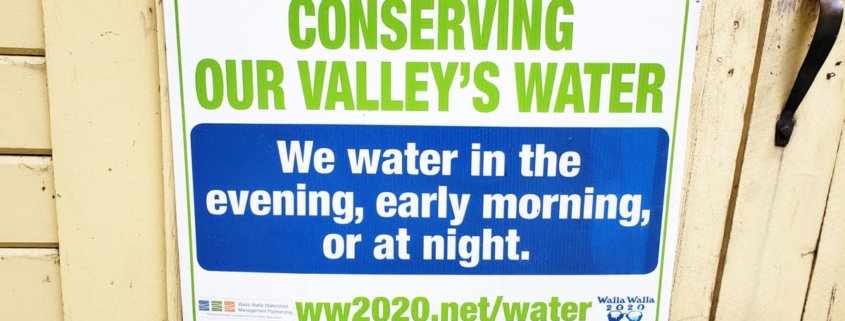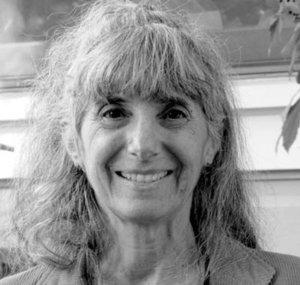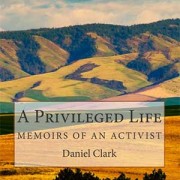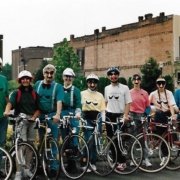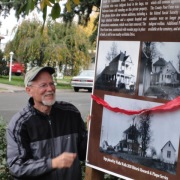Walla Walla 2020 and Beyond: Looking Ahead – The Waters of Walla Walla County
The following article is published in the Walla Walla Union-Bulletin’s series “Walla Walla 2020 and Beyond.” The full series of articles, published monthly, can be found at the UB’s site here.
Looking Ahead: The Waters of Walla Walla County
By JUDITH JOHNSON and BARBARA CLARK | Walla Walla 2020 and Beyond |
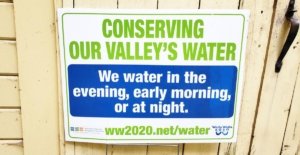 What if we lived in Walla, the city so dry they named it once? In 1989 the Walla Walla City Council was asked, though more prosaically, to consider that question.
What if we lived in Walla, the city so dry they named it once? In 1989 the Walla Walla City Council was asked, though more prosaically, to consider that question.
Howard Laughery, the water system manager, reported we were mining our well water at an alarming rate and needed to make changes.
Most city water comes from Mill Creek, but during the summer when stream flows are low and people are putting water on their yards in addition to their usual household use, the city has to supplement the surface water with water pumped from the deep basalt aquifer.
Laughery’s initial proposal was for the city to renegotiate a federal government contract that required us to maintain a minimum flow in the river. This would allow more water to be taken from Mill Creek and less from the rapidly-depleting wells.
To address the issue, Walla Walla 2020 suggested to the council that before making a decision with such wide-ranging consequences, they should establish a water resources task force to address the broad issue of water use and quality as well as the protection of ground water and stream flows.
The council agreed, and a few weeks later Mayor Loyal Smith announced membership of the committee: Bob Carson, Ray Harold, Eleanor Kane, Howard Laughery, Fred Mitchell, Duane Scroggins, Barbara Clark and Charles “Pat” Jungmann, a well-driller originally from Kansas who was personally acquainted with practically every well in the Valley.
When the new committee first reported back to the council, they identified three possible approaches: a dam in upper Mill Creek; various conservation measures; and aquifer storage and recovery, a system of managed aquifer recharge that was being tried in several places and that Jungmann had been following with interest.
After considering its feasibility, the idea of a dam was discarded because of its high expense and the fact that it would be located above the city in an earthquake zone. But aquifer storage and recovery, which would instead store the Mill Creek water underground, looked promising as a way to increase water supply, while conservation by the city and its residents could help reduce water demand as population grew.
In addition to conservation measures, long-term water plans, and aquifer storage and recovery, which has been operational since 1999, the committee’s scope has now been expanded to also include wastewater and stormwater issues.
Meanwhile, because of more information about pressures on our local water supply as well as increasing evidence of global warming that would be expected to affect snowpack, Walla Walla 2020 began promoting landscaping that uses less water, and came up with the idea of creating a park featuring design elements and plants that would work for that purpose.
In the spring 1990, we received city permission to use surplus land at the intersection of Isaacs Avenue and North Rose Street to develop the Walla Walla 2020 Xeriscape Park, which continues to provide ideas for home landscapers and a place of tranquility in a high traffic area.
In the last several years, with the updating of local comprehensive plans and the Walla Walla District U.S. Army Corps of Engineers study of the Mill Creek channel, Walla Walla 2020’s own water resources committee is meeting to examine the documents and consider long-range planning issues.
In 2017, we commented on city and county 10-year comprehensive plans, stressing the importance of a zoning designation requiring buffers adjacent to the Mill Creek Flood Control Project to provide floodplain protection and urging that when property is purchased adjacent to water, the deed should reflect the obligation of the property owner to maintain the critical area buffer.
For areas that require riparian restoration, when the implementation is complete, the contract to maintain the buffer needs to be recorded with the deed, with enforcement by city and county planning departments.
Comments on the Shoreline Master Plan update and Mill Creek General Information Study focused on the importance of the plans ensuring that crucial lands aren’t compromised by incompatible development and floodplain degradation that would affect the ecological function of Mill Creek.
They also need to ensure opportunities for public access and community parks along its length.
For the last two years, 2020 members have also been participating in the Walla Walla Water 2050 planning process sponsored by the Walla Walla Watershed Management Partnership and the Washington Department of Ecology to determine water supply and water quality for the Walla Walla Basin for the next 30 years.
Natural and human water systems that are strong and healthy can make the difference between a thriving community and one that’s barely getting by.
Let’s pledge ourselves to continue to protect the treasure that is our water.
Barbara Clark, a lawyer and mediator, is the founding president of Walla Walla 2020 and retired in December 2019 as Walla Walla mayor and 22-year City Council member.
A founding member of Walla Walla 2020, Judith Johnson is program coordinator for Kooskooskie Commons, a nonprofit involved in collaborative processes to solve water issues in the Walla Walla Basin since 1998. Johnson is chair of the board of the Walla Walla Watershed Management Partnership.

